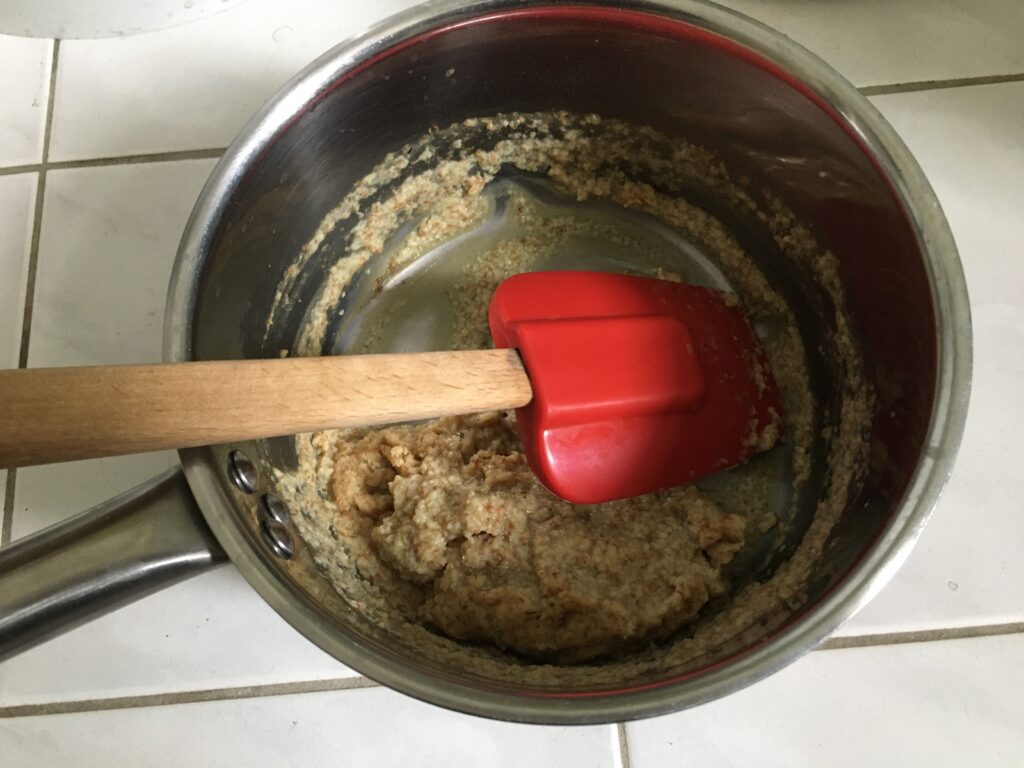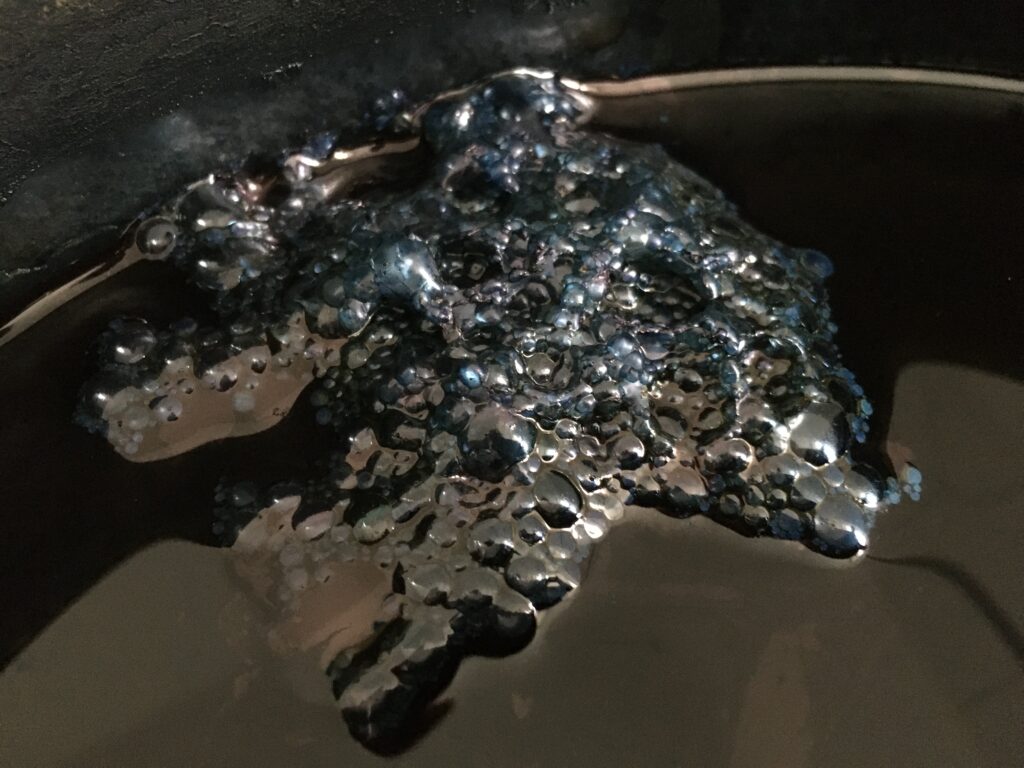June 10, 2025
“…if any discourse on intuition and the unknown is accused of mysticism, let us accept this charge, for it might be exactly what our epoch calls for.”
Yuk Hui, Art and Cosmotechnics
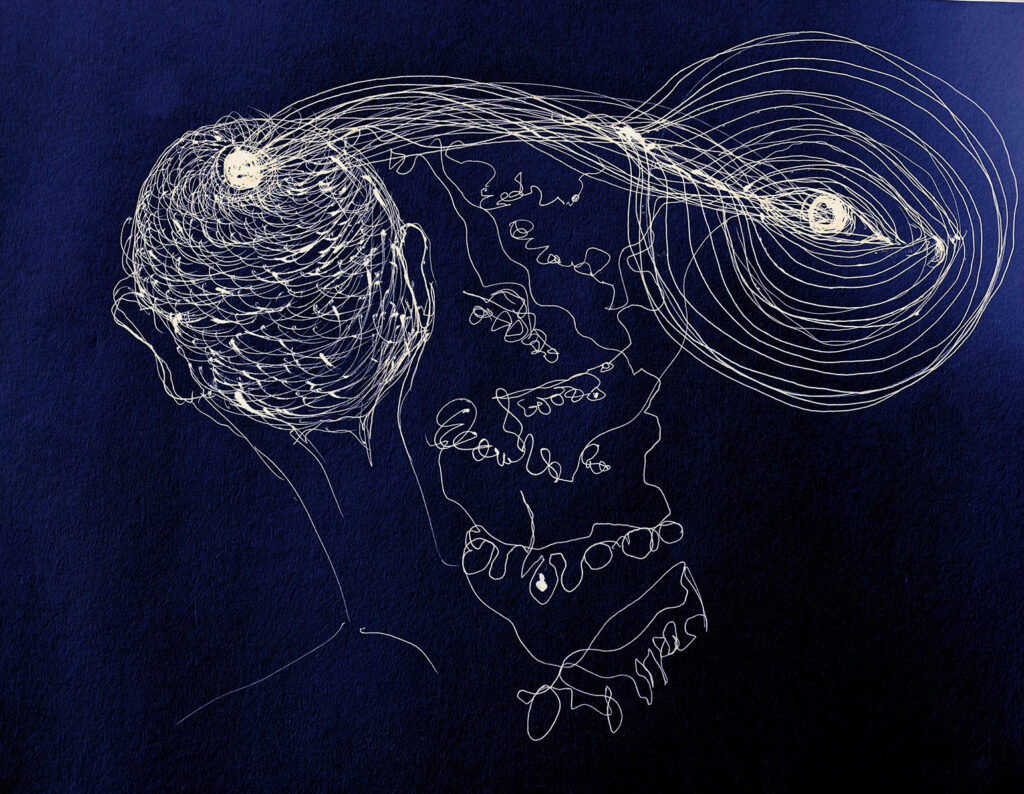
What can a score be?
We can spatialize the sound into an installation as a yantra: yantras are also used in the architectural organisation of temples.
Scores can be material spaces that allow (cognitive) rest.
Objects as scores: couch, cushion, buoy, blanket, soft scores.
Materials as scores: powders, yarn, glycerine, honey, plaster, turmeric, pigment.
Even the containers for the powders can be ‘scores’, as in votive objects that require a way of handling, like the sup in the tea ceremony or the chalice in the Eucharist.
We imagine creating textile scores, inspired by Andean quipu and Lenore Tawney; perhaps this is the next stage of the work.
All the elements of the scene are votive objects that enable and support the ritual.
Mika asked me about the Butoh-Fu choreographic process. By the 70s, Hijikata had decided he would be the ‘master’. This meant he no longer allowed his students to improvise. He used a sensorial choreography that he uttered directly at the bodies of his dancers. He wanted to trigger reactions in their nervous system – something deep in the material memory of the body.
The language of Hijikata’s Butoh-Fu was recorded by some of his students, notably Yukio Waguri an Moe Yamamoto, both of whom I worked with in Japan between 2012 and 2015. Waguri’s transcriptions can be found here:
It’s worth remembering that Hijikata never wrote down his choreographies, so it’s is unclear if he even meant them as scores or any kind of notation… perhaps it was just a method. But then his last text, Yameru Mahime, is considered by philosopher Kuniichi Uno to be a kind of ‘dance’ because the language of it is non-rational and just follows instances of observation that constantly shift personal deixis (I, he, we, they).
After discussion we agree that we don’t want to create this hierarchic relationship of the master and student. How can we work with AI to support a creative process of ‘auto-choreography’, to come up with such sensorial landscapes as part of a studio process. So we tried to discover what this would sound like…
You are walking through the night
A neverending night
A tiny hair is growing
Growing out of the other
A reflection of you
A hair, haaaaaiiiiiir
Her
Her is the world
Is the all
All is whirling
In the well
A tiny hair is growing
Into a whirlwind
World without end
Whirling, whirling, whirling
Her growing into all.
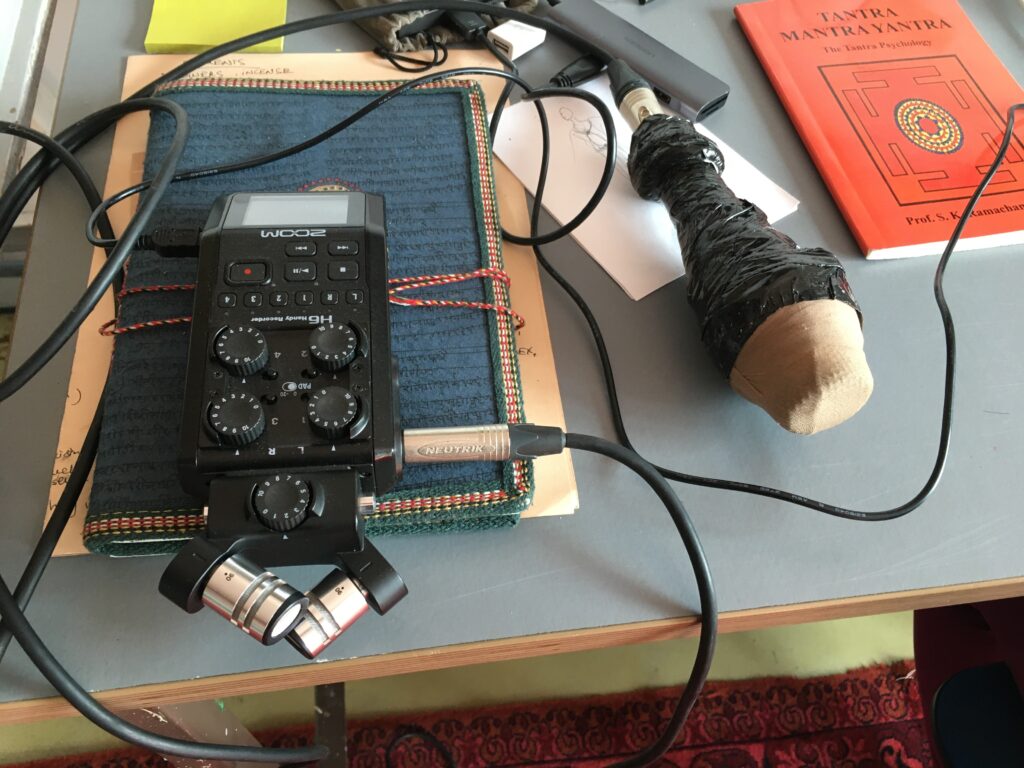

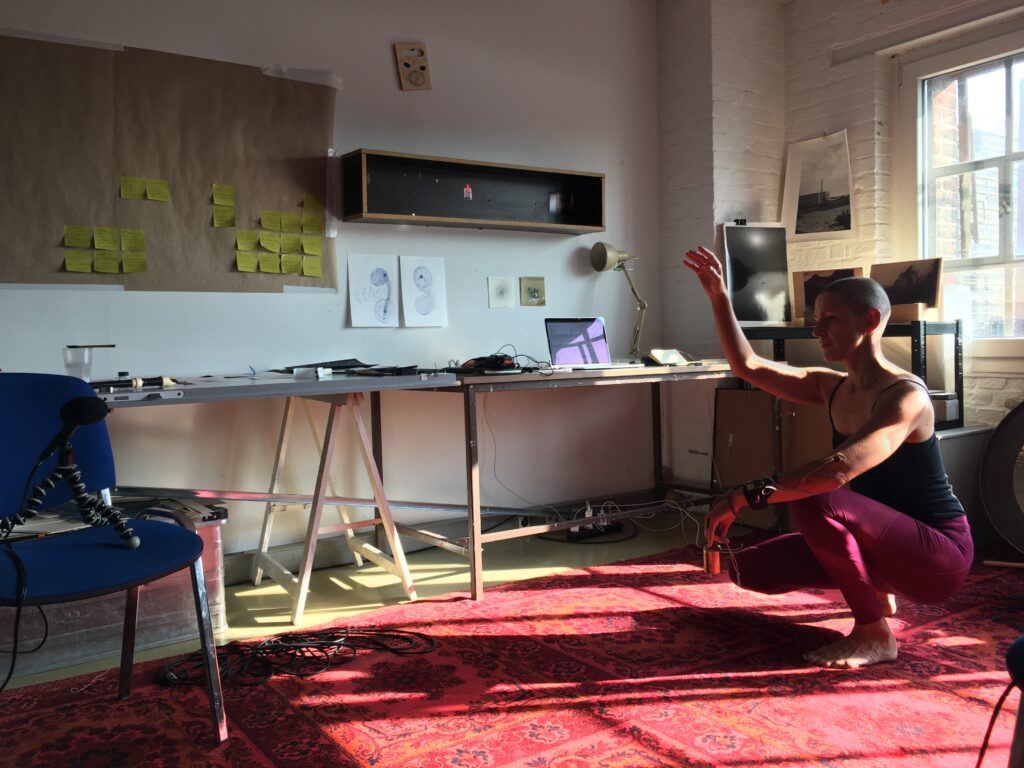
Some scene from our working. we have now 3 audio interface (scarlet, zoom, usb-audio from Samin) with 3 microphones. This setting brings up the spacial feedback effect more than the previous setting.


